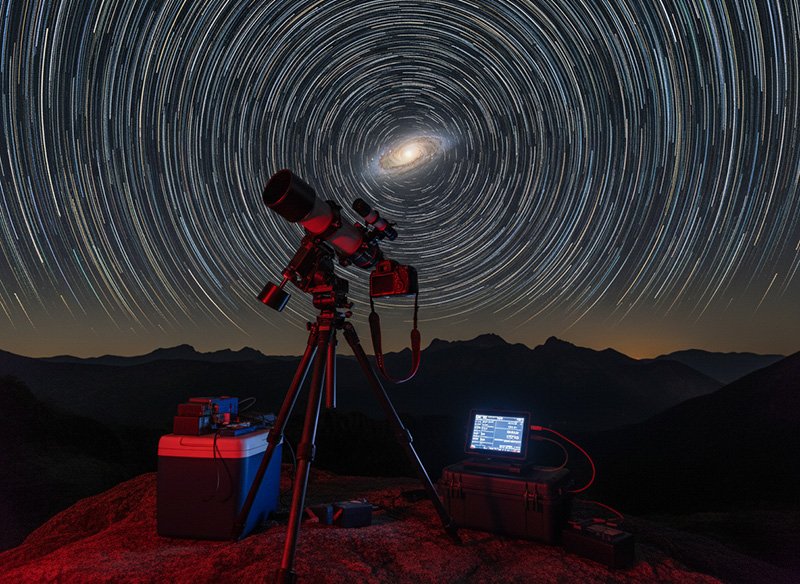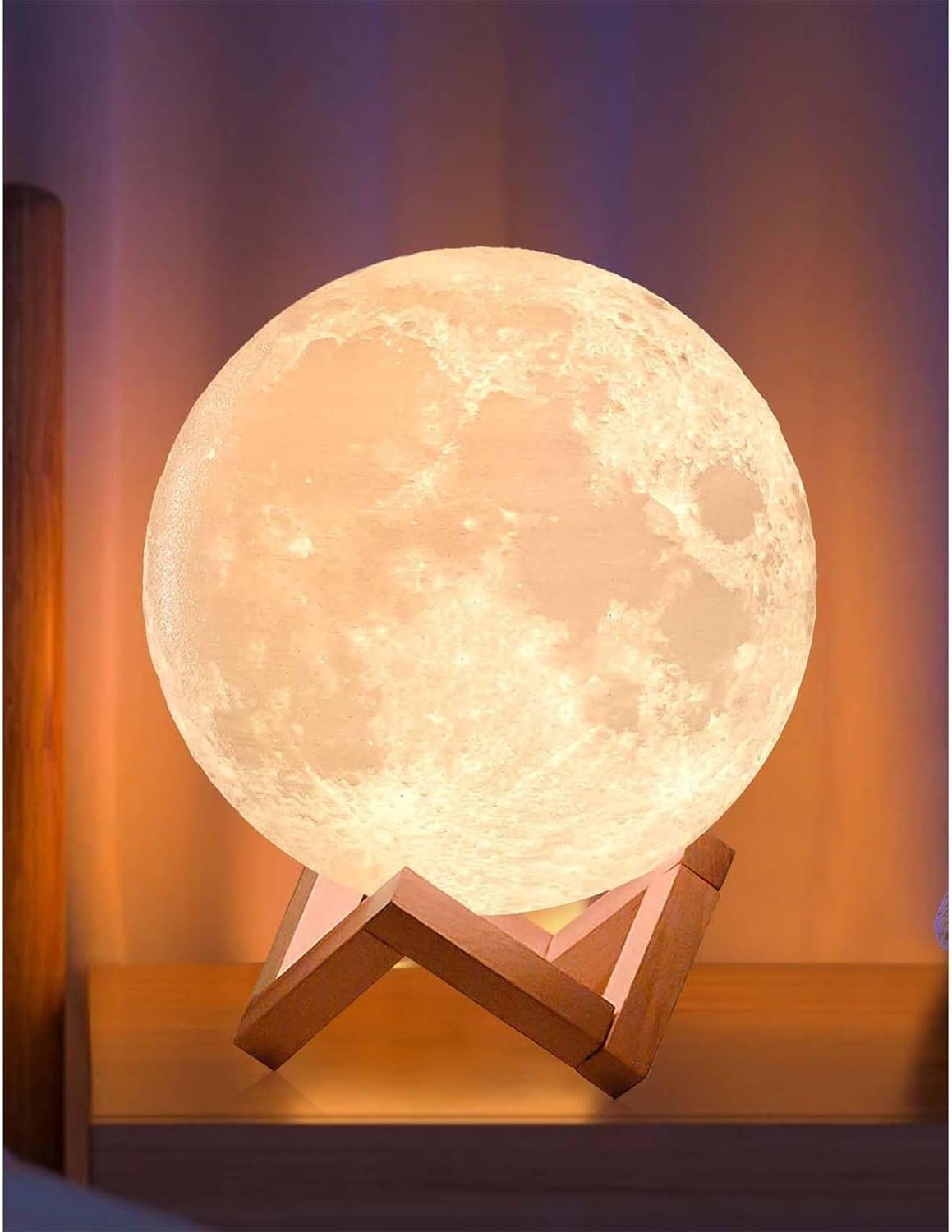Space is a vast and mysterious expanse that stretches beyond our planet Earth. It is a vacuum, devoid of air and atmosphere, and is filled with celestial bodies such as stars, planets, and galaxies. Sound, on the other hand, is the vibration of particles that travels through a medium, such as air or water, and can be detected by the human ear. Understanding the relationship between space and sound is crucial for scientists and researchers in various fields, as it provides insights into the nature of the universe and helps us unravel its mysteries.
The study of space sound is important for several reasons. Firstly, it allows us to gain a deeper understanding of the physical properties of celestial bodies and their interactions with each other. By analyzing the sounds produced by these bodies, scientists can gather valuable information about their composition, structure, and behavior. Secondly, space sound research helps us explore the possibility of life beyond Earth. If we can detect sounds originating from other planets or galaxies, it could indicate the presence of living organisms or advanced civilizations. Lastly, studying space sound contributes to our knowledge of the fundamental laws of physics and helps us develop new technologies for space exploration.
Key Takeaways
- Space is a unique environment where sound behaves differently than on Earth.
- The vacuum of space means that sound cannot travel in the same way as it does on Earth.
- Without air, sound cannot be transmitted through vibrations, making space a silent place.
- Electromagnetic waves are used for communication in space, but they are not audible to humans.
- Celestial bodies in space produce sounds that can be detected and studied, but they are often very different from what we hear on Earth.
The vacuum of space and its impact on sound
In space, there is no air or atmosphere to transmit sound waves. This is because space is a vacuum, which means it is devoid of matter. Sound waves require a medium to travel through, such as air or water, as they rely on the vibration of particles to propagate. In the absence of a medium, sound cannot travel in space as we know it on Earth.
The vacuum of space has a profound impact on sound. Without air molecules to carry sound waves, there is complete silence in space. This silence is often referred to as “the soundless void” or “the silence of space.” Astronauts who have ventured into space have described the experience as eerie and surreal, as they are surrounded by absolute silence.
Examples of the vacuum of space can be seen in various phenomena. For instance, when a star explodes in a supernova, it releases an enormous amount of energy and creates shockwaves that travel through space. However, these shockwaves are not accompanied by any sound, as there is no medium to carry the vibrations. Similarly, when two black holes collide and merge, they produce gravitational waves that ripple through space, but these waves cannot be heard by human ears.
The absence of air in space and its effect on sound transmission
Unlike the vacuum of space, which is devoid of matter, there is a presence of air in space. However, the amount of air in space is extremely thin and sparse compared to Earth’s atmosphere. This means that sound transmission in space is still greatly affected by the absence of air.
Air plays a crucial role in sound transmission on Earth. When an object vibrates, it creates compressions and rarefactions in the surrounding air molecules. These compressions and rarefactions propagate as sound waves, which can be detected by our ears. However, in the absence of air or with very little air present, sound waves cannot travel efficiently or be detected.
One example of the absence of air in space can be observed on the Moon. The Moon has a very thin atmosphere, with almost no air molecules present. As a result, any sounds produced on the Moon would not be able to travel far or be heard by astronauts or any other living organisms. This is why astronauts on the Moon communicate using radios or other electronic devices rather than relying on sound.
The role of electromagnetic waves in space communication
While sound waves cannot travel through the vacuum of space or transmit over long distances due to the absence of air, another type of wave plays a crucial role in space communication: electromagnetic waves.
Electromagnetic waves are a form of energy that can travel through a vacuum, such as space, without the need for a medium. These waves are produced by the acceleration of charged particles, such as electrons, and consist of electric and magnetic fields that oscillate perpendicular to each other.
In space communication, electromagnetic waves are used to transmit information over vast distances. This is done through the use of radio waves, which are a type of electromagnetic wave with a long wavelength. Radio waves can be generated and detected by antennas, which convert electrical signals into radio waves and vice versa.
Examples of electromagnetic waves in space communication can be seen in the use of satellites. Satellites orbiting the Earth transmit and receive signals using radio waves. These signals can carry various types of information, such as television broadcasts, phone calls, and internet data. The use of electromagnetic waves in space communication has revolutionized our ability to communicate across long distances and explore the universe.
The sounds produced by celestial bodies in space
While sound cannot travel through the vacuum of space or be detected by human ears, celestial bodies in space do produce sounds. These sounds are not audible to us directly but can be detected and analyzed using specialized instruments and techniques.
Celestial bodies produce sounds through various mechanisms. For example, stars produce sound waves through a process called stellar oscillation. These sound waves are generated by the turbulent motion of gases inside the star and can be detected as subtle vibrations on its surface. By studying these vibrations, scientists can gain insights into the internal structure and composition of stars.
Another example is the sounds produced by planets and moons. For instance, Jupiter emits powerful radio emissions that can be converted into sound waves. These emissions are caused by the interaction between Jupiter’s magnetic field and its surrounding environment. By converting these radio emissions into sound waves, scientists can listen to the “sounds” of Jupiter and study its atmospheric phenomena.
Studying the sounds produced by celestial bodies is important for several reasons. Firstly, it allows us to gain a deeper understanding of the physical processes occurring within these bodies. By analyzing the sounds they produce, scientists can infer their composition, temperature, and other properties. Secondly, studying celestial body sounds can help us detect and identify new celestial objects. For example, the detection of radio emissions from a distant planet could indicate the presence of an exoplanet. Lastly, studying celestial body sounds contributes to our knowledge of the universe and helps us unravel its mysteries.
The impact of human-made technology on space sound

Human-made technology has had a significant impact on space sound. With the development of advanced instruments and techniques, scientists have been able to detect and analyze sounds in space that were previously inaccessible.
One example of human-made technology in space sound is the use of space probes and rovers. These robotic explorers are equipped with various instruments that can detect and record sounds in space. For instance, the Mars rovers have microphones that can capture the sounds of the Martian environment. By analyzing these sounds, scientists can gain insights into the atmospheric conditions and geological processes occurring on Mars.
Another example is the use of telescopes and radio antennas. These instruments can detect and amplify faint signals from distant celestial bodies, allowing scientists to study their sounds in detail. For example, radio telescopes have been used to detect and analyze the radio emissions from pulsars, which are rapidly rotating neutron stars. By studying these emissions, scientists have been able to gain insights into the physical properties of pulsars and their surrounding environments.
Human-made technology has also allowed us to create artificial sounds in space. For example, NASA has sent spacecraft with recordings of human voices and music into space. These recordings serve as a representation of humanity’s presence in the universe and can be considered a form of communication with potential extraterrestrial civilizations.
The challenges of measuring sound in space
Measuring sound in space poses several challenges due to the unique conditions and limitations of the space environment. These challenges can make it difficult to accurately capture and analyze space sound.
One of the main challenges is the absence of a medium for sound waves to travel through. As mentioned earlier, sound waves require a medium, such as air or water, to propagate. In the vacuum of space, there is no medium to carry sound waves, making it impossible to directly measure sound using traditional methods.
Another challenge is the vast distances involved in space exploration. Sound waves diminish in intensity as they travel through a medium, and this effect is even more pronounced over long distances. This means that any sounds produced in space would become extremely faint by the time they reach Earth or any other distant observer. Capturing and amplifying these faint sounds requires advanced technology and precise measurements.
Additionally, the presence of background noise can interfere with the measurement of space sound. In space, there are various sources of electromagnetic radiation, such as cosmic rays and solar flares, which can create interference and distort the signals being measured. Filtering out this background noise and isolating the desired sound signals can be a complex task.
Overcoming these challenges is crucial for advancing our understanding of space sound. By developing new technologies and techniques, scientists can improve their ability to measure and analyze space sound accurately. This will enable us to gain deeper insights into the nature of the universe and unravel its mysteries.
The potential for sound to exist in other parts of the universe
While sound as we know it on Earth cannot travel through the vacuum of space, there is a potential for sound to exist in other parts of the universe under different conditions. This potential arises from the fact that sound is a fundamental physical phenomenon that can manifest in various ways.
One example of potential sound in other parts of the universe is within dense atmospheres or oceans on other planets or moons. If these environments have a sufficient amount of air or liquid, sound waves could propagate and be detected. For example, it is theorized that the moon Titan, which has a thick atmosphere and lakes of liquid methane, could support the transmission of sound waves.
Another example is the potential for sound to exist in exotic states of matter, such as neutron stars or black holes. These objects have extreme conditions that can generate unique physical phenomena, including the production of sound waves. While these sounds may not be audible to human ears, they could be detected and analyzed using advanced instruments and techniques.
Studying the potential for sound in other parts of the universe is important for expanding our understanding of the physical laws that govern the universe. It challenges our current understanding of sound and opens up new possibilities for exploration and discovery.
The implications of a silent space for human space exploration
The silence of space has several implications for human space exploration. Firstly, it means that astronauts and space travelers cannot rely on sound as a means of communication or orientation in space. In the absence of air or a medium to carry sound waves, traditional methods of communication, such as speaking or listening, are ineffective.
Instead, astronauts rely on visual cues and electronic devices for communication and navigation in space. They use hand signals, written instructions, and digital displays to communicate with each other and with mission control on Earth. This reliance on visual and electronic communication highlights the importance of developing advanced technologies for space exploration.
The silence of space also has psychological implications for astronauts. The absence of sound can create a sense of isolation and detachment from Earth. Astronauts often describe the experience of being in space as surreal and otherworldly due to the complete silence surrounding them. This psychological impact needs to be taken into account when designing missions and preparing astronauts for long-duration space travel.
Furthermore, the silence of space poses challenges for scientific research and exploration. Without the ability to directly measure or analyze sound in space, scientists must rely on indirect methods and instruments to gather information about the universe. This requires the development of advanced technologies and techniques that can overcome the limitations of the space environment.
The future of space sound research and exploration
The future of space sound research and exploration holds great promise for expanding our knowledge of the universe and pushing the boundaries of human understanding. As technology continues to advance, scientists will be able to overcome the challenges of measuring sound in space and explore new frontiers.
One area of future research is the development of advanced instruments and techniques for detecting and analyzing space sound. Scientists are working on innovative technologies that can capture and amplify faint sounds from distant celestial bodies. These technologies could revolutionize our ability to study the sounds produced by stars, planets, and other celestial objects.
Another area of future exploration is the search for potential extraterrestrial sounds. Scientists are actively searching for signs of intelligent life beyond Earth, including the detection of radio signals or other forms of communication. By analyzing these signals, scientists hope to uncover evidence of advanced civilizations or life forms in other parts of the universe.
Furthermore, future research will focus on understanding the fundamental nature of sound and its role in the universe. Scientists will continue to study the physical properties of sound waves and their interactions with different mediums. This research will contribute to our understanding of the laws of physics and help us develop new technologies for space exploration.
In conclusion, the study of space sound is a fascinating field that provides insights into the nature of the universe and helps us unravel its mysteries. While sound as we know it on Earth cannot travel through the vacuum of space, there are still sounds produced by celestial bodies that can be detected and analyzed using advanced instruments and techniques. Understanding space sound is crucial for expanding our knowledge of the universe, exploring the possibility of life beyond Earth, and developing new technologies for space exploration. With continued research and exploration, we can unlock the secrets of space sound and further our understanding of the cosmos.
If you’re fascinated by the mysteries of space, you might also be interested in exploring the incredible journey of African American women in STEM. “From Oak Park to the Universe: A Journey of African American Women in STEM” is an inspiring article that sheds light on the remarkable contributions and achievements of these trailblazing women. Discover their stories and learn about their significant impact on the scientific community. Read more about their extraordinary accomplishments and be inspired by their determination and resilience.
























